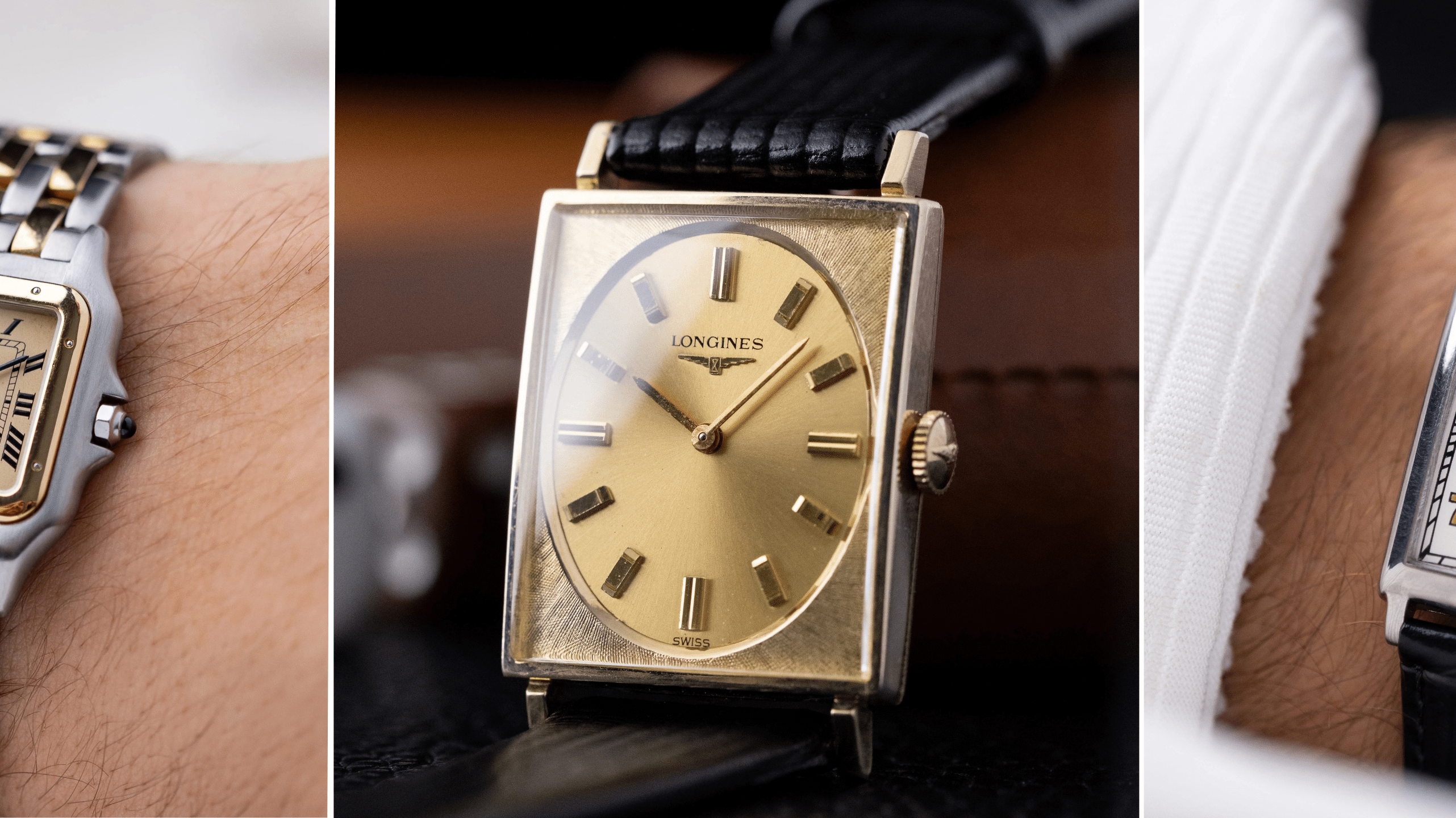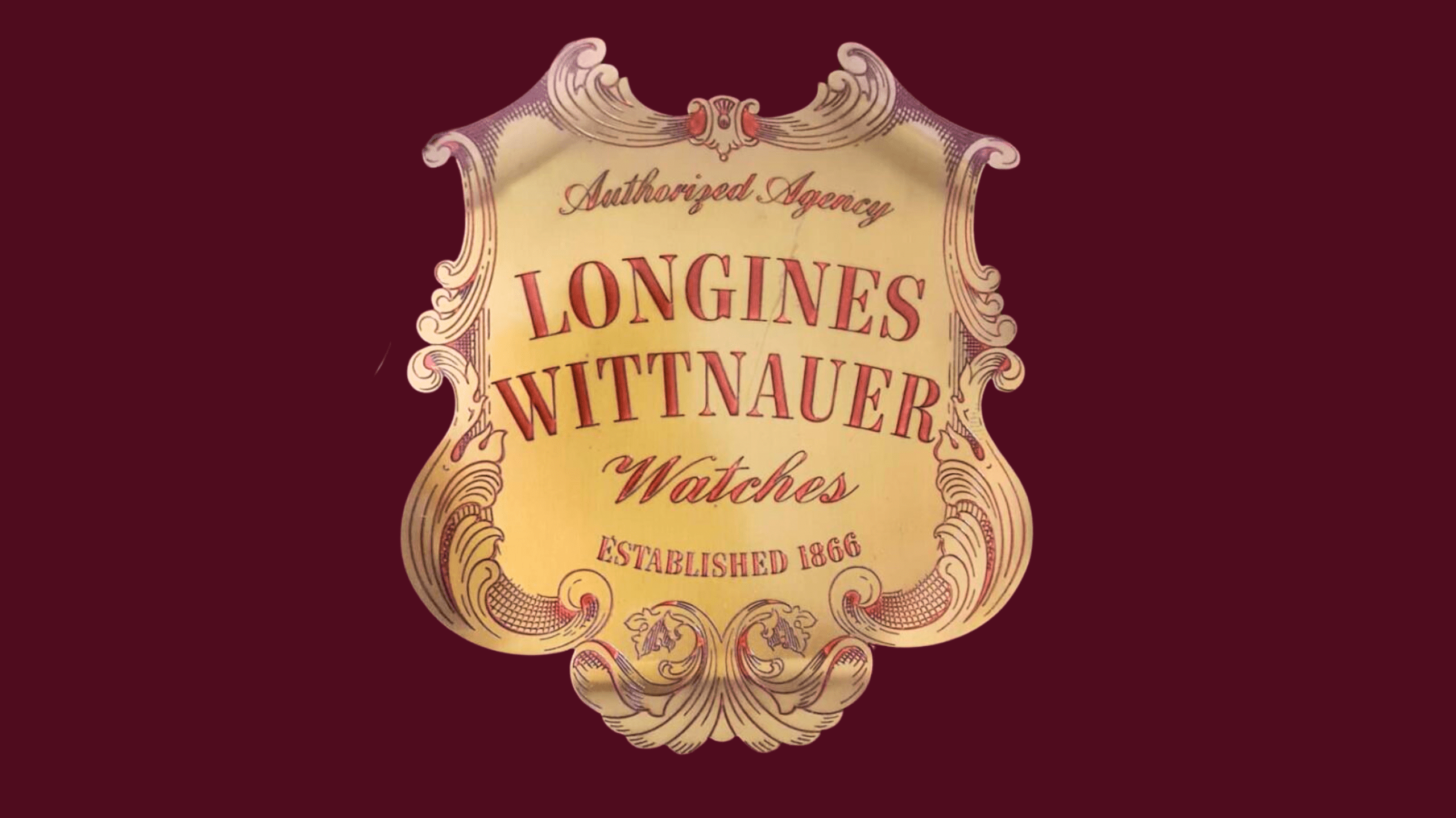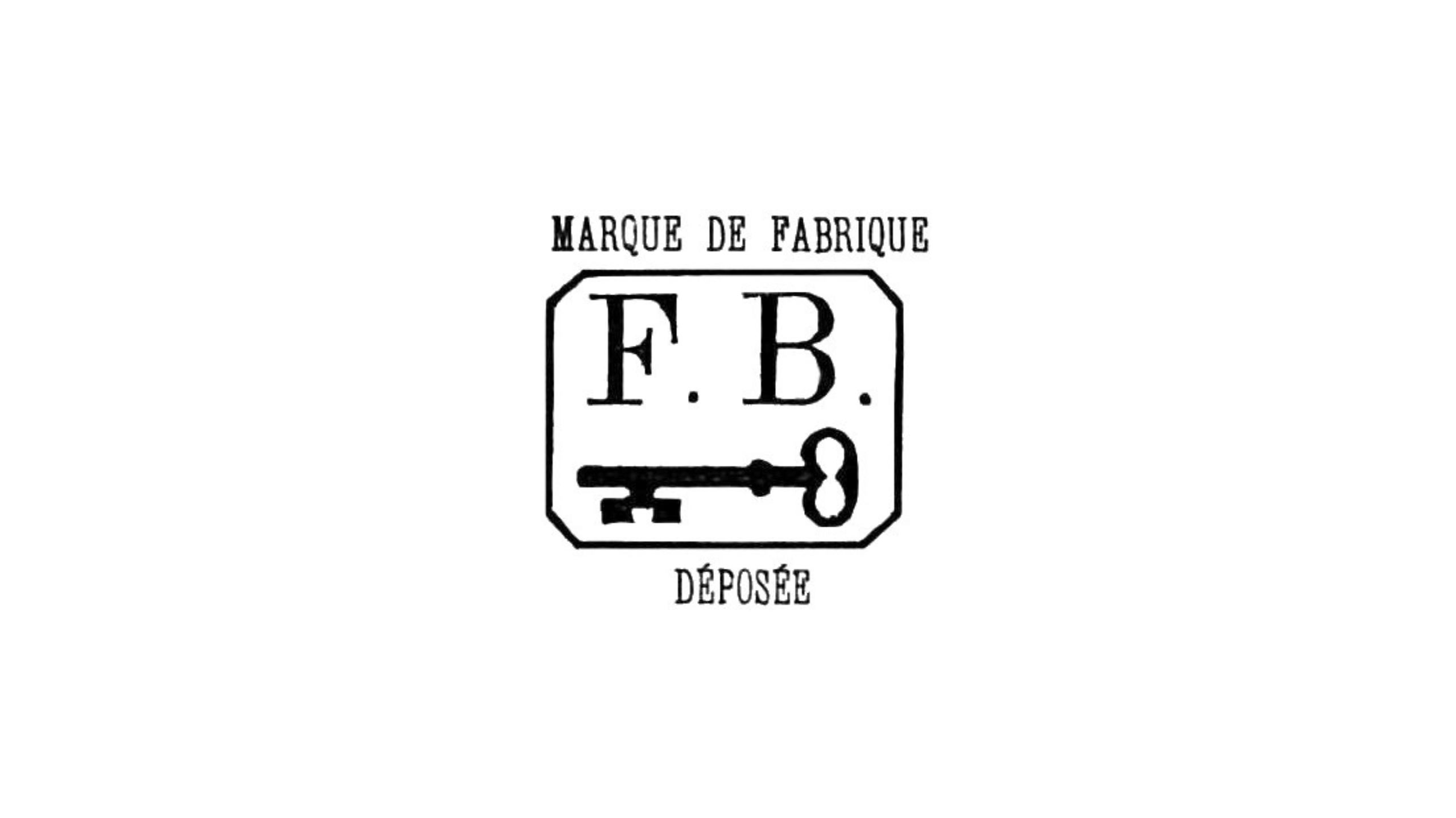The realm of collectible watches represents a fascinating intersection of art, history, and engineering. For many enthusiasts, these timepieces are not mere tools for measuring time, but symbols of craftsmanship, status, and a connection to a rich heritage of watchmaking. The market for collectible watches has seen a remarkable surge in recent years, driven by a growing appreciation of their aesthetic and historical value.
Collecting watches transcends the simple act of acquisition; it is a journey through time and culture. Each watch tells a story, from the intricate mechanics hidden behind its face to the historical context of its creation. Collectors often seek pieces that offer a unique blend of rarity, beauty, and technical innovation.
Understanding the world of collectible watches requires delving into its history, recognizing iconic models, and appreciating the factors that drive their desirability and value.

History of Collectible Watches
The history of collectible watches is as intricate as the timepieces themselves. The journey began in the 16th century, with the invention of the spring-driven clock, a technological breakthrough that enabled the creation of the first portable timepieces. These early watches were not only functional but also status symbols, often elaborately decorated and made from precious materials.
As watchmaking technology evolved, the focus shifted towards precision and reliability. The 18th and 19th centuries saw significant advancements, such as the invention of the lever escapement and the development of chronometers, enhancing accuracy in timekeeping. These innovations laid the foundation for modern watchmaking and sparked the interest of collectors.
The 20th century marked a new era for collectible watches. The introduction of wristwatches during World War I changed the landscape of timekeeping, making watches more accessible and fashionable. Post-war, luxury watch brands like Rolex, Omega, and Patek Philippe began to emerge as leaders in creating timepieces that were not just functional but also works of art.
Collectible watches gained prominence as items of historical and artistic significance, with certain models becoming iconic for their design, craftsmanship, and the stories they represented. Watches worn by notable figures or featured in significant events further heightened their appeal to collectors.
This rich history has cultivated a diverse and vibrant market for collectible watches, where each piece represents a chapter in the ongoing story of horological innovation and elegance.
Iconic Collectible Watch Models
Rolex Submariner
The Rolex Submariner, introduced in 1953, epitomizes the fusion of functionality and style. Originally designed for divers, its robust and waterproof design quickly made it a favorite among a wider audience. The Submariner's distinctive features, such as the unidirectional rotating bezel and the Oyster case, have become hallmarks of the brand. Its association with James Bond in the 1960s further cemented its iconic status. Collectors prize vintage Submariners, particularly rare variants like the "Red Submariner," for their history, design, and enduring value.
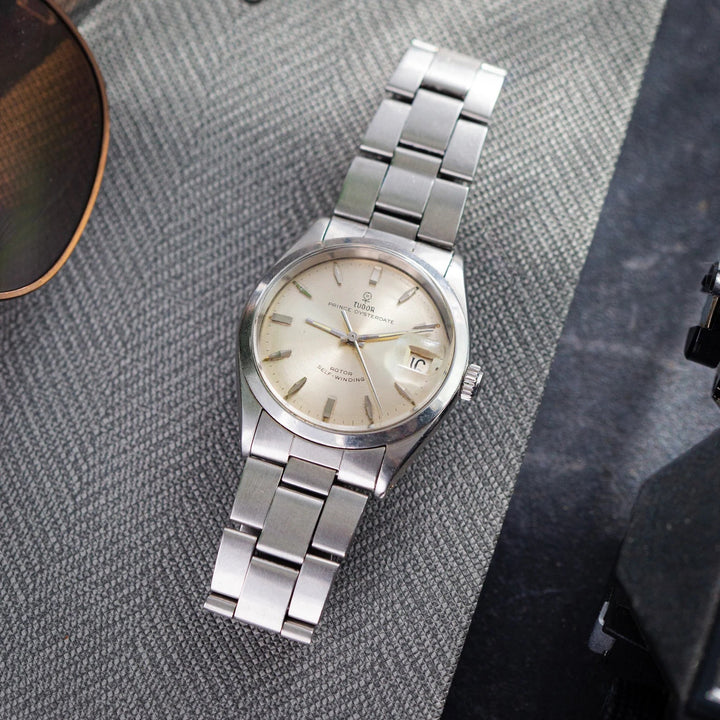
Patek Philippe Nautilus
Launched in 1976, the Patek Philippe Nautilus stands as a testament to avant-garde design. Created by the renowned watch designer Gerald Genta, the Nautilus broke new ground with its unique porthole-shaped case and integrated bracelet. Its luxurious yet understated appearance, combined with Patek Philippe's reputation for exceptional craftsmanship, has made the Nautilus a highly sought-after model among collectors. The scarcity of certain models and limited editions adds to its allure, making it a symbol of sophistication and exclusivity in the watch collecting world.
Omega Speedmaster
The Omega Speedmaster, known as the "Moonwatch," has a storied place in space exploration history. First introduced in 1957, it gained legendary status when it was chosen by NASA for the Apollo missions, becoming the first watch worn on the Moon in 1969. The Speedmaster's robustness, legibility, and precision under extreme conditions make it a standout model. Collectors are particularly drawn to vintage Speedmasters, such as the "Pre-Moon" models and the limited editions commemorating space missions, valuing their historical significance and enduring design.
Factors Influencing Collectibility
The allure of collectible watches extends beyond their basic function of timekeeping. Several key factors contribute to their collectibility and value:
Rarity and Exclusivity
Rarity is a primary driver in the collectible watch market. Limited edition models, discontinued lines, or watches with a low production run often command higher prices. The scarcity of certain models or specific features, such as unique dial colors or custom engravings, enhances their desirability among collectors. Exclusivity, often associated with luxury brands and high-end watchmakers, adds to this appeal, making certain timepieces coveted symbols of status.
Historical Significance
Watches with a rich historical background hold a special place in the hearts of collectors. Timepieces that have been part of significant events, like the Omega Speedmaster's journey to the moon, or those worn by influential figures, gain an added layer of interest. The story behind a watch can often be as valuable as the watch itself, offering a tangible connection to the past.
Craftsmanship and Design
The level of craftsmanship and the intricacy of the watch's design are crucial factors. Collectors appreciate the skill and precision that go into creating a mechanical watch. Features like hand-crafted movements, intricate complications, and fine materials can greatly increase a watch's value. Additionally, timeless design and aesthetic appeal play a significant role, with classic styles often remaining in demand for generations.
These factors, combined, create a market where watches are not just time-telling devices but artifacts of history, art, and engineering, each with its own story and character.

The Watch Collecting Community
The community of watch collectors is a dynamic and passionate group, bound by a shared appreciation for the art of horology. This community plays a pivotal role in the world of collectible watches, fostering a culture of knowledge, appreciation, and exchange.
Forums and Social Groups
Online forums and social media groups are central hubs for collectors. These platforms facilitate discussions, advice, and the sharing of knowledge about various watch models, historical contexts, and maintenance tips. They also serve as a space for members to showcase their collections, discuss trends, and sometimes even arrange trades or sales.
Auctions and Trade Shows
Auctions and trade shows are vital events in the watch collecting world. Prestigious auction houses like Sotheby's and Christie's often feature rare and highly sought-after timepieces, setting records and making headlines in the process. Trade shows and exhibitions, such as Baselworld and the Salon International de la Haute Horlogerie (SIHH), offer collectors a chance to see the latest models, meet industry experts, and connect with fellow enthusiasts. These events provide a unique insight into the market trends and future directions of watchmaking.
The sense of community among collectors is a testament to the enduring fascination with watches. It is a world where the appreciation of craftsmanship, history, and design brings together individuals from diverse backgrounds, united by their passion for these remarkable timepieces.
Caring for Collectible Watches
Proper care and maintenance are crucial for preserving the value and functionality of collectible watches. Whether it's a vintage heirloom or a modern limited edition, the following tips can help ensure your timepiece withstands the test of time.
Maintenance Tips
Regular servicing is essential, especially for mechanical watches. It's recommended to have a watch professionally serviced every 3-5 years to ensure its mechanism runs smoothly. Avoid exposing watches to extreme temperatures and magnetic fields, as these can affect their accuracy. For water-resistant models, it's important to check their water resistance regularly, as seals can deteriorate over time.
Storage and Handling
When not in use, watches should be stored in a dry, temperature-controlled environment. Using a watch box or a safe with a soft, padded interior helps protect them from scratches and dust. Winding watches regularly, even when not worn frequently, is important to keep the movement active. For automatic watches, a watch winder can be useful. Handling watches with care, avoiding harsh chemicals and impacts, will prolong their life and appearance.
Adhering to these care practices not only preserves the watch's functionality but also maintains its aesthetic appeal, ensuring that it continues to be a cherished piece in any collection.
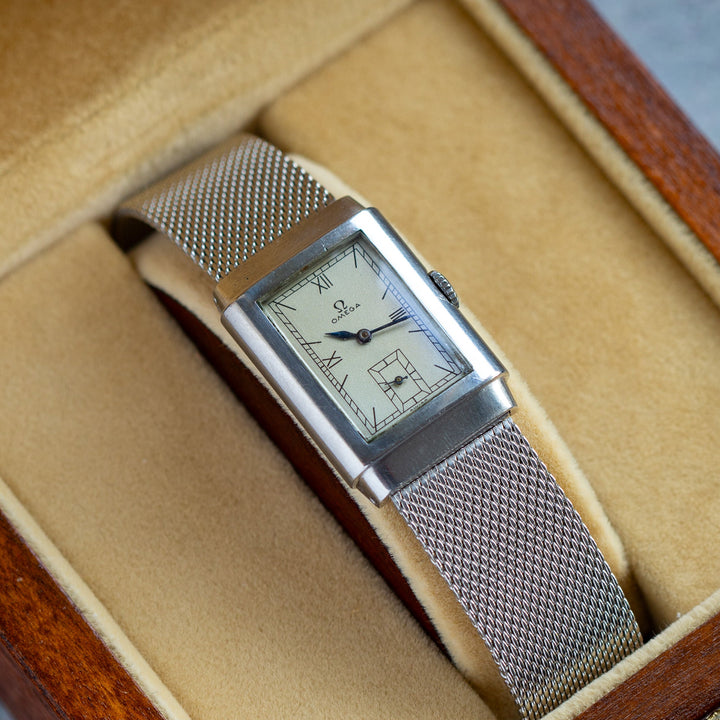
The world of collectible watches is a fascinating blend of history, craftsmanship, and passion. Each timepiece, from the iconic Rolex Submariner to the sophisticated Patek Philippe Nautilus, carries its own unique story and character. The factors that make a watch collectible—its rarity, historical significance, and craftsmanship—elevate it beyond a mere timekeeping device to a work of art and a piece of history.
As the interest in watch collecting continues to grow, so does the appreciation for the skill and artistry behind these exceptional timepieces. The community of collectors, with their shared passion and knowledge, contributes significantly to this vibrant culture. Caring for these watches, understanding their stories, and appreciating their design are part of the joy of collecting.
In the ever-evolving world of horology, collectible watches stand as timeless treasures, capturing moments in history and symbolizing the enduring allure of fine craftsmanship. They are not only investments in time but also in beauty and the enduring legacy of watchmaking.




